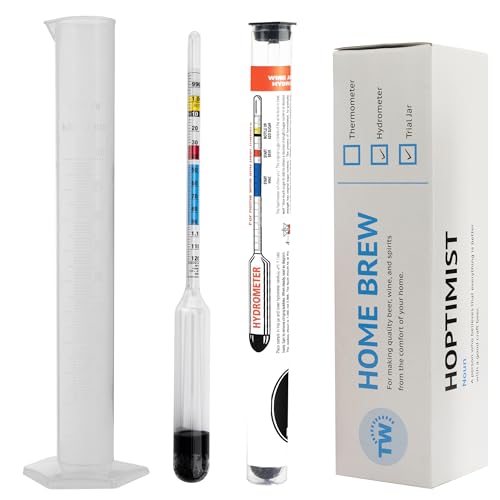FirebladeAdam
Regular.
I am currently doing a Saison which I'm going to dry hop. I'm only using a plastic bucket as a fermenter, and what I normally do is dry hop with a mesh tube I got from eBay, it's basically a cylindrical mesh cage but my feeling is it's not very efficient, sometimes I find hops still compressed and almost dry in top of it.
Can I just drop them in and when I bottle Syphon carefully?
Thanks lovely knowledgeable crowd
Can I just drop them in and when I bottle Syphon carefully?
Thanks lovely knowledgeable crowd













































